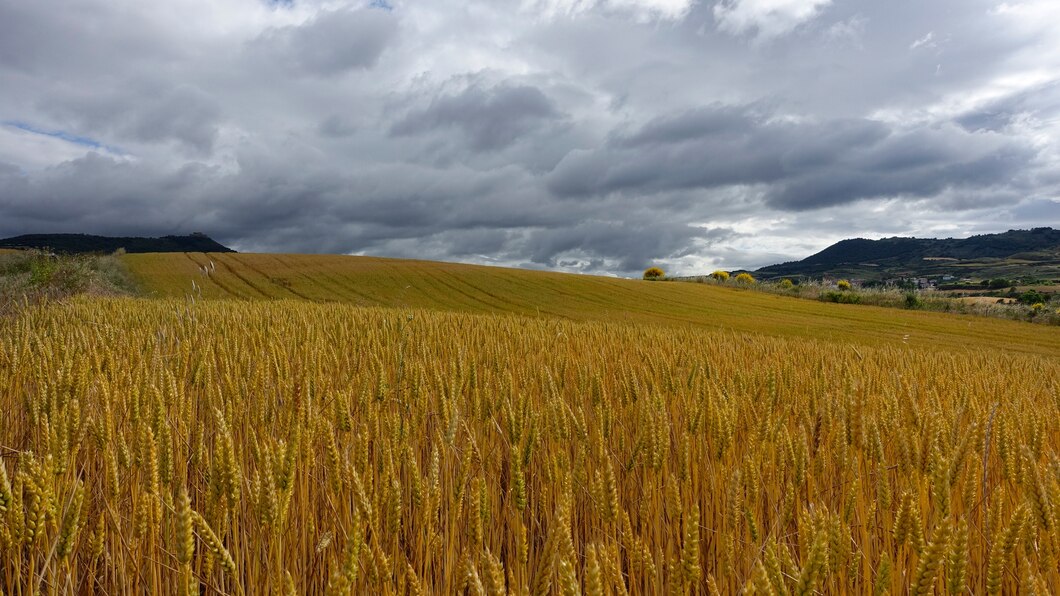Zambia’s agriculture is heavily influenced by its climate, which is characterized by distinct wet and dry seasons. The country’s diverse climate can both support and challenge agricultural production, impacting food security and the livelihoods of many Zambians. Here are five key ways in which Zambia’s climate affects its agricultural output.
1. Rainfall Patterns
Zambia experiences a seasonal rainfall pattern, with most precipitation occurring between November and March. However, irregular rainfall, including droughts and floods, can severely impact crop yields. Inconsistent rainfall affects planting schedules and can lead to crop failure or reduced harvests, threatening food security and farmers’ incomes.
2. Temperature Variability
Zambia’s average temperatures range from 20°C to 30°C, but fluctuations can affect crop growth. Higher temperatures can lead to heat stress in crops, reducing yields and increasing water demand. Certain crops, like maize, are particularly sensitive to temperature extremes, making it essential for farmers to adapt their practices to changing climatic conditions.
3. Soil Degradation
Climate change exacerbates soil degradation through increased erosion, nutrient depletion, and desertification. Intensive farming practices combined with extreme weather events can lead to reduced soil fertility, impacting agricultural productivity. Sustainable land management practices are crucial to mitigating these effects and ensuring long-term agricultural viability.
4. Pest and Disease Pressure
Changes in climate, such as increased humidity and temperature, can alter the prevalence and distribution of pests and diseases. Warmer conditions may lead to a rise in invasive species and pests, threatening crop health and yields. Farmers must adopt integrated pest management strategies to combat these challenges and protect their crops.
5. Irrigation Challenges
While Zambia has significant water resources, the reliance on rain-fed agriculture means that farmers are vulnerable to climate variability. In areas where irrigation infrastructure is lacking, droughts can lead to crop failures. Investing in irrigation systems and water management practices is essential for improving agricultural resilience and ensuring consistent production.
Zambia’s climate plays a crucial role in shaping its agricultural landscape. While the seasonal rains are vital for crop production, variability in rainfall, temperature changes, soil degradation, pest pressures, and irrigation challenges pose significant risks to farmers. To enhance agricultural productivity and ensure food security, it is essential for Zambia to adopt climate-smart agricultural practices, invest in infrastructure, and promote sustainable land management. By doing so, the country can build resilience against climate-related challenges and secure a prosperous agricultural future.






